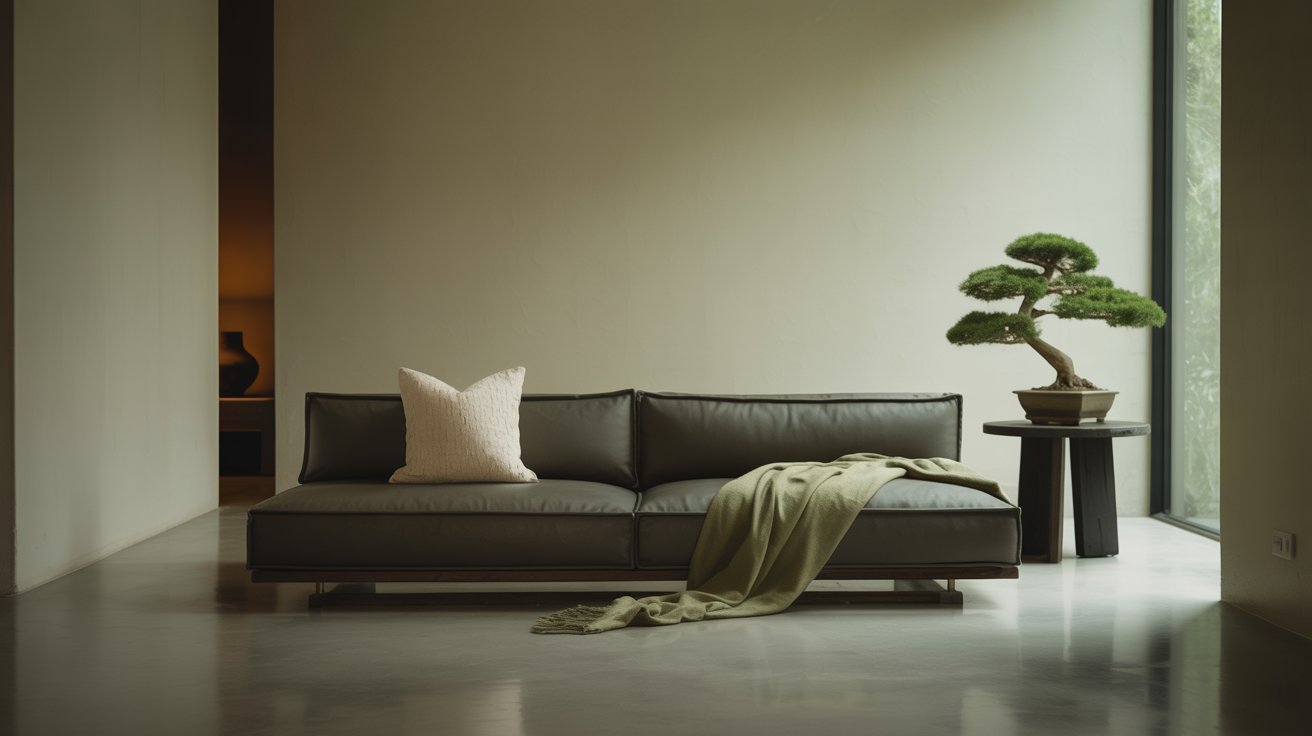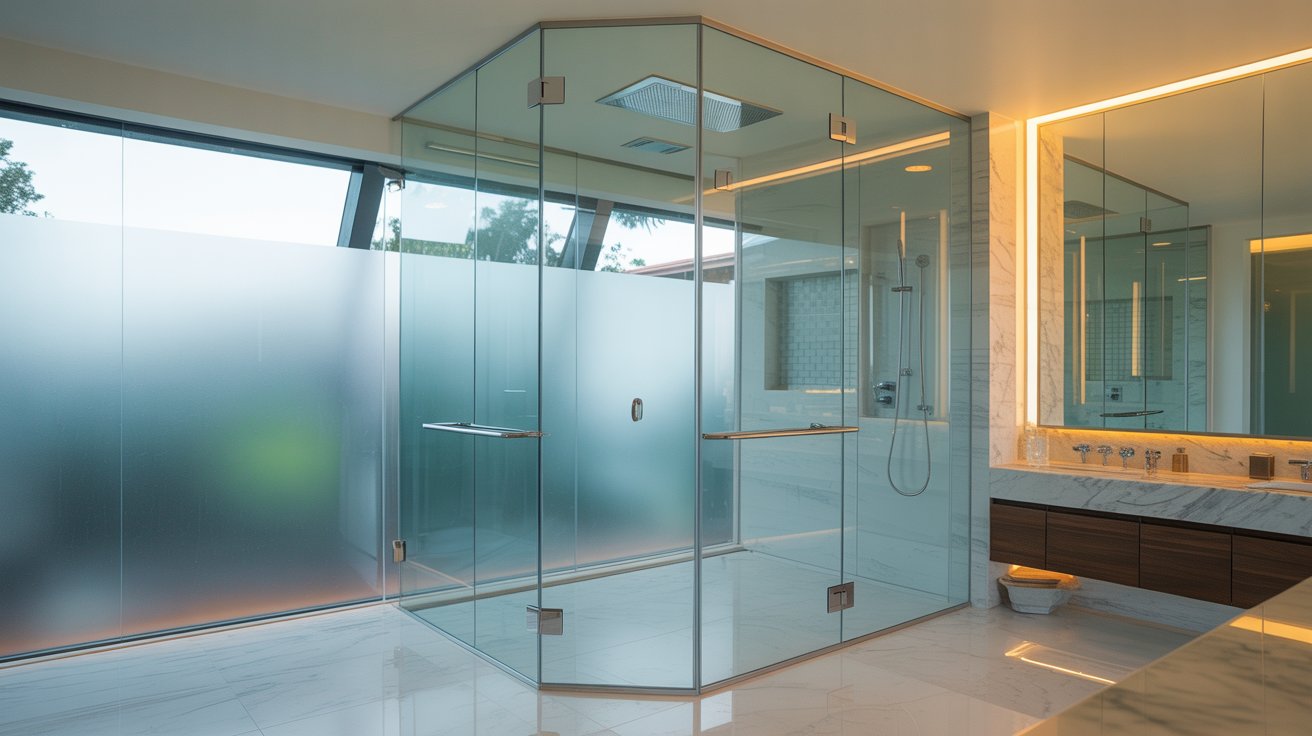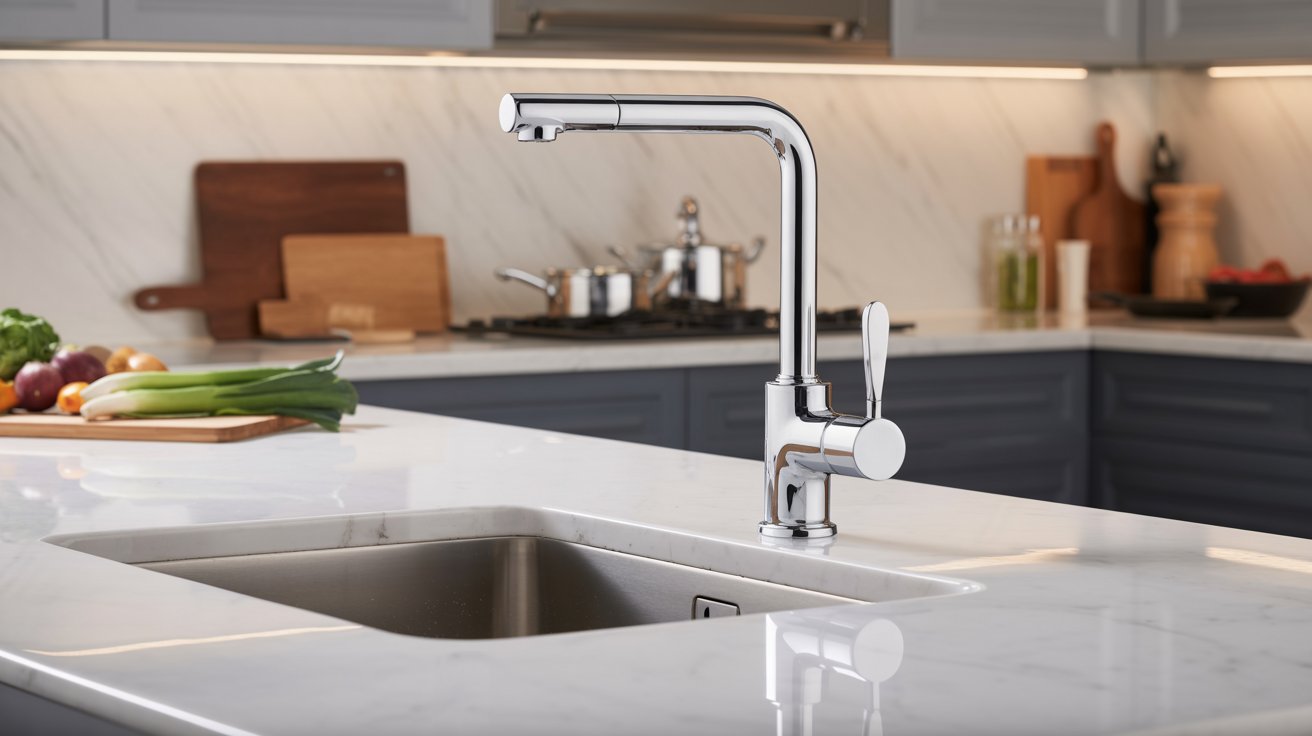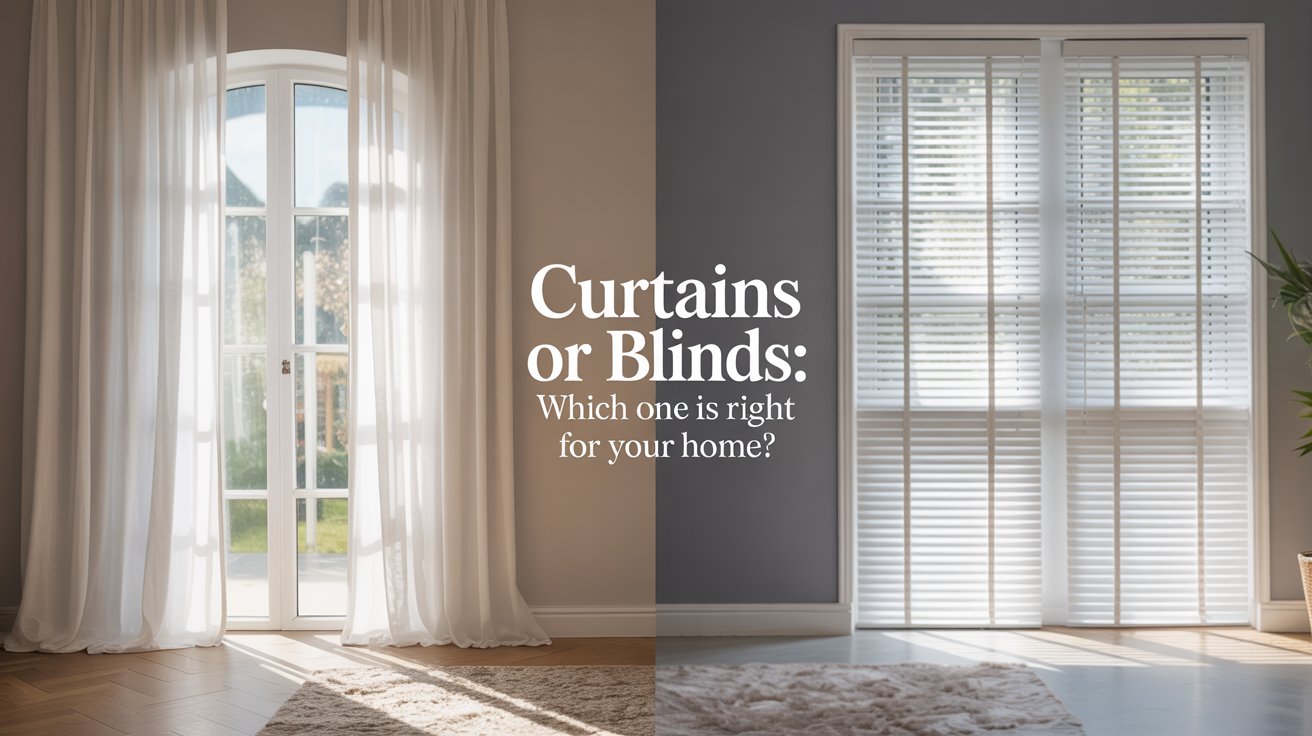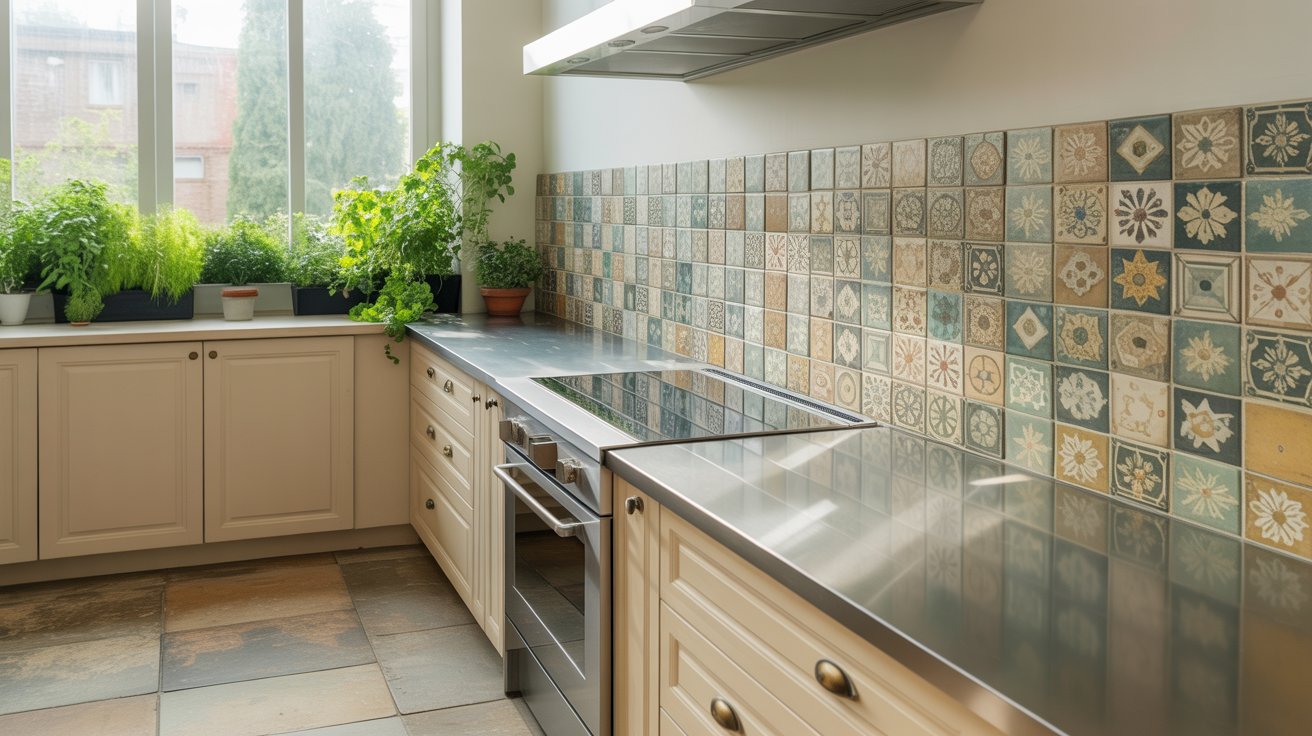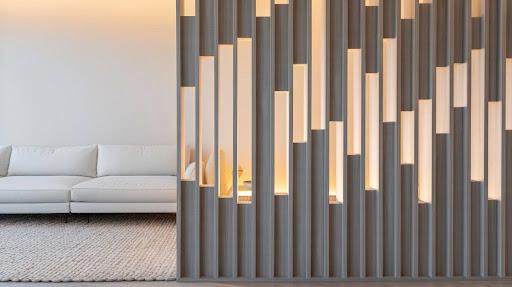In a world that moves without rest, our homes should be where the soul finds stillness. Zen interior design embraces this need by creating spaces that feel calm, balanced, and deeply intentional. It’s where simplicity meets soul, and where every element has a purpose. In this blog, we’ll dive into the top Zen interior design Ideas that can transform everyday interiors into peaceful sanctuaries. You’ll also discover how the best interior designers in Kochi are incorporating these mindful design principles into modern homes, creating spaces that feel like a breath of fresh air amidst urban life.
Mindful Minimalism
Zen design is rooted in the philosophy that less is more. Clutter disrupts not only visual balance but also mental clarity. Start with a simple palette. Go for soft whites, dove grays, or light beiges and choose furniture with clean lines and pure forms. Avoid excessive decoration. Instead of crowding pieces together, give each element space to breathe and stand on its own. Material choices also matter. Natural elements like wood, green cotton, and bamboo create a sense of comfort and invite touch. Many interior designers in Kochi prefer organic surroundings, such as exposed wooden beams or raw concrete floors, because their unfinished, natural quality brings a calming and grounded atmosphere to the space.
Nature as an Ingredient in Design
Zen-inspired design emphasizes harmony between indoor and outdoor living. Incorporating biophilic elements like houseplants, moss walls, and bonsai trees helps occupants feel more connected to nature. A potted bonsai on a low console, or a line of bamboo shoots in a long, narrow planter, has the power to change the character of a room. Maximise the use of natural light through indoor plants and use soft sheer blinds to allow light in gently by the windows. Indoor-outdoor transitions, which can comprise the use of sliding glass doors that lead to a personal courtyard or terrace garden, can work well in a tropical climate, as they create the perfect Zen-like atmosphere ideal for relaxation and mindfulness.
Heavy Interiors and Light Decorations
One of the beautiful features of Zen design is its harmonious blend of earthy, grounded elements with light, airy touches. For instance, a dark walnut low platform bed or a tatami seating area can firmly anchor the space. Above, rice-paper lanterns or translucent globe pendants cast soft, diffused light that uplifts the atmosphere. Layered lighting is key. Incorporate recessed ceiling lights, floor uplights, and table lamps to let residents shape different moods throughout the day. The interplay of shadows and highlights creates a meditative rhythm, an effect that speaks to the essence of professional Zen-inspired design.
Elegance and Alleviation of the Structure
Zen interior design promotes open circulation, emphasizing the space between objects, what designers refer to as “ma”. Instead of solid walls separating living areas, use low partitions or bookshelves to create boundaries without blocking the line of sight. Hallways and entryways should maintain visual flow, allowing the eye to move freely through the space.
To add flexibility, incorporate movable partitions like sliding shoji screens, which can transform an area into a reading nook or guest room as needed. Modular seating or floor cushions help zone the space while preserving openness. For expansive interiors, certified interior designers in Kochi often draw from Japanese and Mediterranean influences to support seamless movement and unobstructed views.
Stone and Wood Textural Anchorage
Engage the senses through natural textures: a stone wall in the dining room, a river rock backsplash in the kitchen, or aged hardwood flooring. These elements provide tactile warmth and visual grounding. Balance them thoughtfully with other textures to avoid overwhelming the space or creating visual clutter.
Minimize the use of glossy pearl finishes and instead choose brushed metal or matte ceramic fittings. These subtle material choices foster a calming, restorative environment, one that encourages intention, presence, and mindful living over overstimulation.
Whispered Art as Findings of Meditation
Zen art is not ornamental or excessive. It is meaningful and suggestive. Just one or two thoughtful pieces, such as sumi-e brush paintings, sculptural ceramics, or monochrome calligraphy, can be enough to create an impact. These can be displayed as focal points, whether above a sofa, on a tranquil accent wall, or on a softly lit floating wall.
Likewise, well-curated folk objects, like a hand-thrown tea bowl, encourage slow living and quiet contemplation. The best Zen interior design principles are grounded in intention: every element should support calmness, awareness, and being present.
Light of Reflection and Mirrors
Reflect light: a black-framed mirror opposite a garden view makes space appear wider both literally and figuratively. Imagine polished concrete or marble floors that reflect daylight in a slightly specular way. Small lanterns or candleholders also give a satisfying, contemplative light at dusk in corners where there is not much light.
Some interior designers frequently use water features, such as tabletop fountains, which they frame with reflective surfaces to capture the drapes of water and create the impression of fluid stillness.
Soft Furnishings Warmth
In Zen houses, comfort is essential. Consider low-slung sofas in neutral fabric that can be stroked and cushions that can be pet, high-pile area carpets in undyed wool, or tatami-like floor mats. Never use too plush or too spangly upholstery because the effect must be soft without being exaggerated.
From textural layering, such as a wool runner in a wooden floor, a linen throw on a cushion, or a jute mat under a coffee table. A combination of these factors links feet to the ground and creates richness of sensation without an excess of visual information.
Strategic Storage for Calm Environments
Hidden storage is vital for maintaining Zen clarity. Built-in cabinetry with seamless finishes, under-seat drawers, or reed baskets in alcoves keeps essential items out of sight. Use vertical storage to preserve open floor plans.
Zen interior designs focuses not just on what’s seen, but what’s unseen, with organized storage preserving the space’s tranquility and elegance.
Intentional Personalization
Zen environments are deeply personal and inherently minimal. Choose a limited number of treasured items such as a family heirloom, a travel souvenir, or a meditation cushion, and curate their placement deliberately.
Less is more. For example, a single sculptural object placed on a narrow wooden bench in a foyer can speak volumes when surrounded by breathing space. These intimate focal points tie the design to the inhabitants’ inner worlds.
Bring Zen Home with Lemon Interiors
Zen interior design blends minimalism, nature, and calm to create spaces that support calm and well-being. With Kochi’s lifestyle and climate in perfect harmony with this style, the best interior designers in Kochi are embracing Zen interior designs to build peaceful, functional homes.
At Lemon Interiors, we specialize in creating serene, elegant interiors rooted in Zen philosophy and Kerala’s rich design heritage. From natural materials to mindful layouts, we design spaces that feel like true retreats. Contact us to bring balance, beauty, and lasting tranquility to your home.



